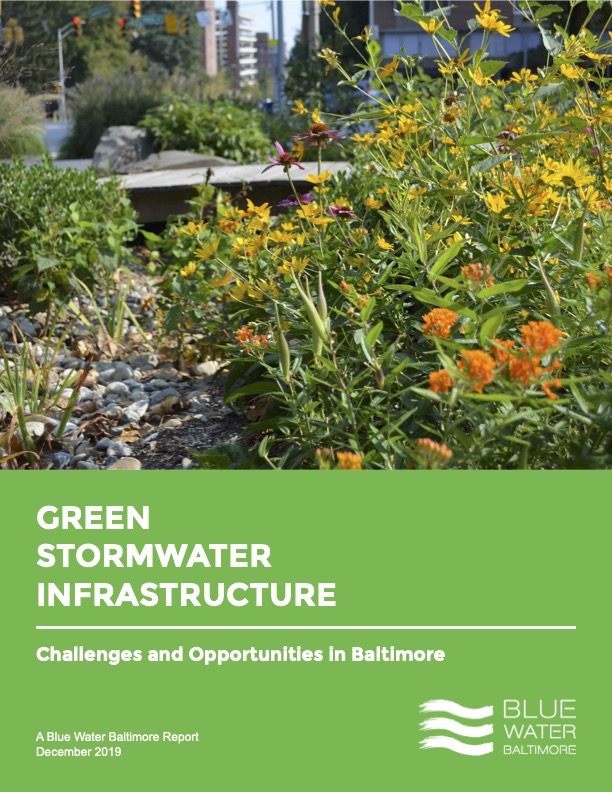Stormwater Runoff
Stormwater runoff is the leading cause of nutrient and sediment pollution in Baltimore’s waterways.
In our urban region, pavement and other impervious surfaces cover more than 45% of Baltimore’s landscape, preventing rain from soaking into the ground.
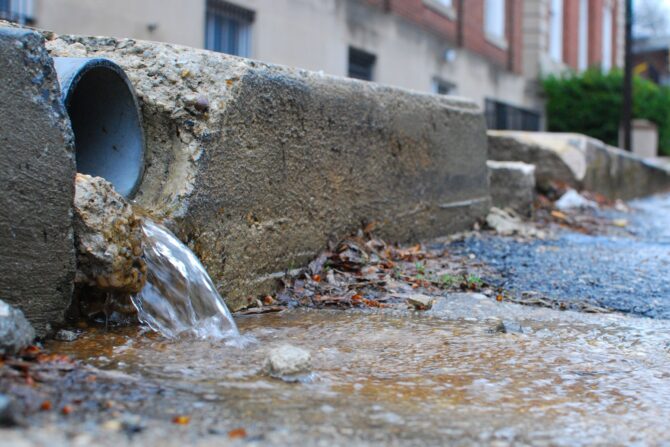
Stormwater Runoff
What is stormwater runoff pollution?
Every time it rains, trash, bacteria, heavy metals, and other pollutants are washed from city streets and roofs into local streams and the harbor.
Impervious surfaces – including roofs, streets, and sidewalks – keep rain from soaking into the ground and being treated by plants and trees. Instead, this untreated, polluted stormwater washes straight into nearby streams.
Stormwater runoff is one of the leading causes of nutrient and sediment pollution in Baltimore and the Chesapeake Bay. With increased rainfall from climate change, runoff is predicted to increase in the coming years.
Stormwater runoff pollution causes:
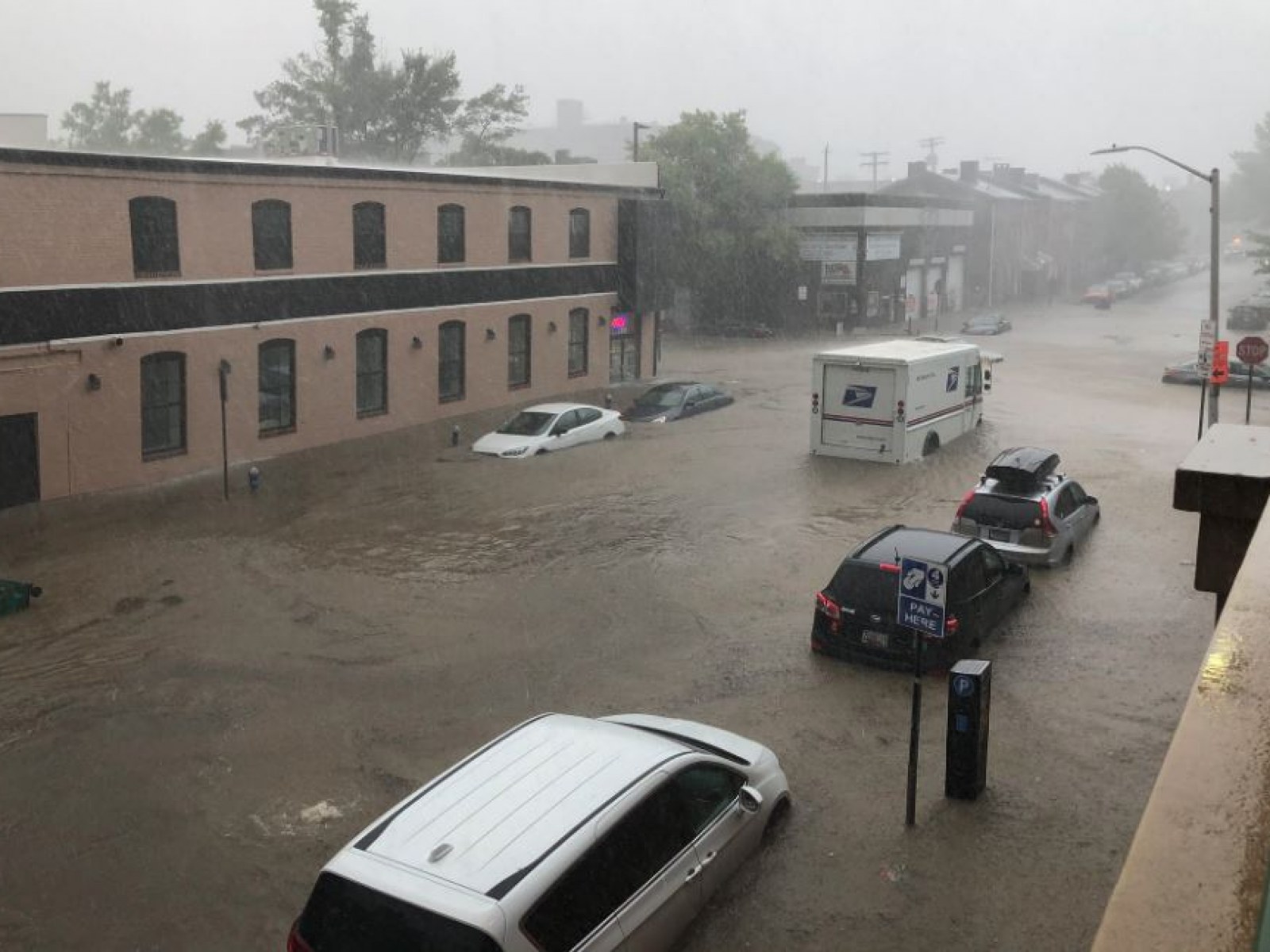
Flooding & erosion
Heavy rainfall can overwhelm Baltimore’s aging pipes, causing sinkholes and flooding.
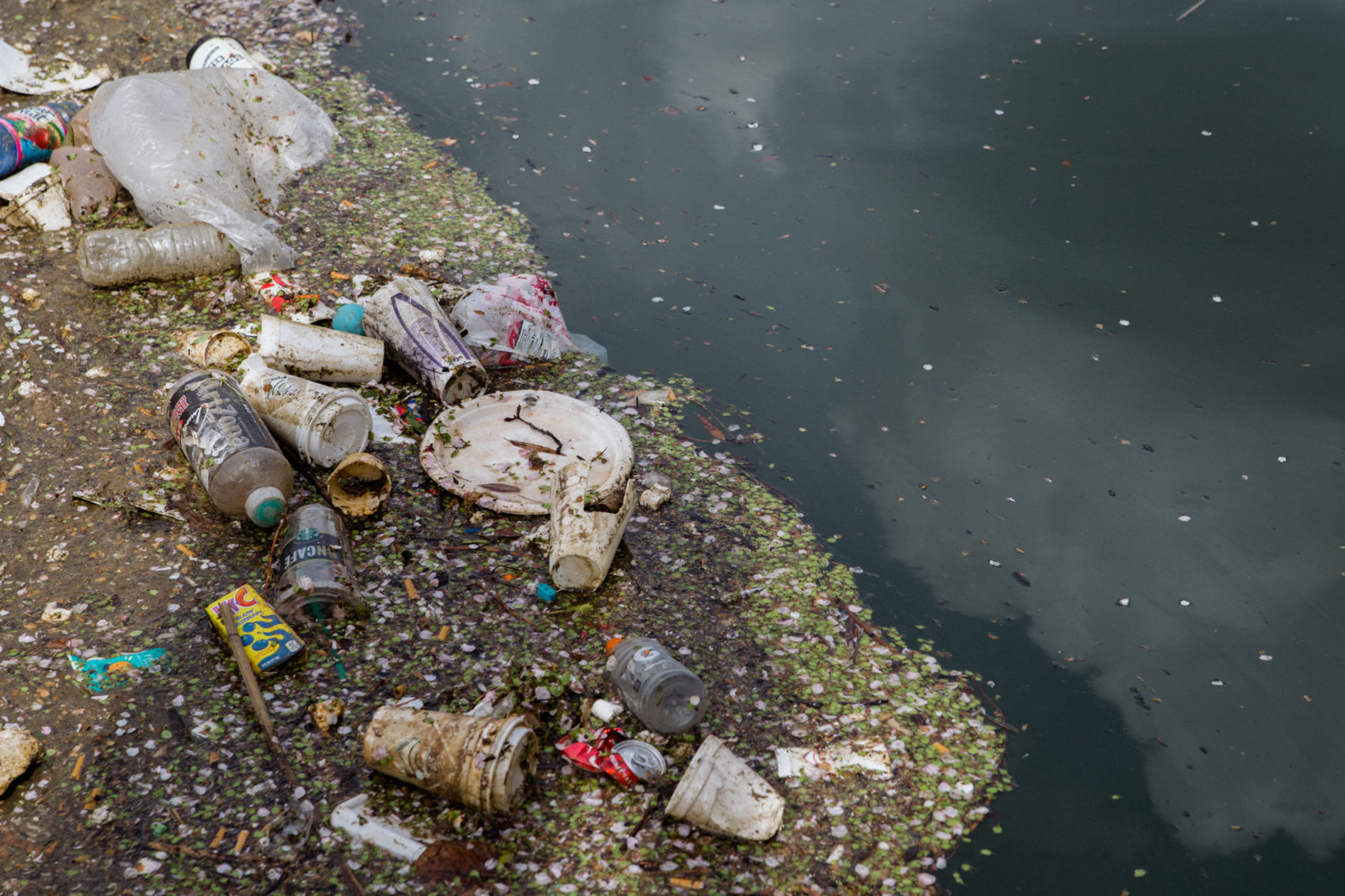
Pollution
Stormwater runoff picks up trash, oil, and other pollutants, delivering them to our streams and Harbor.
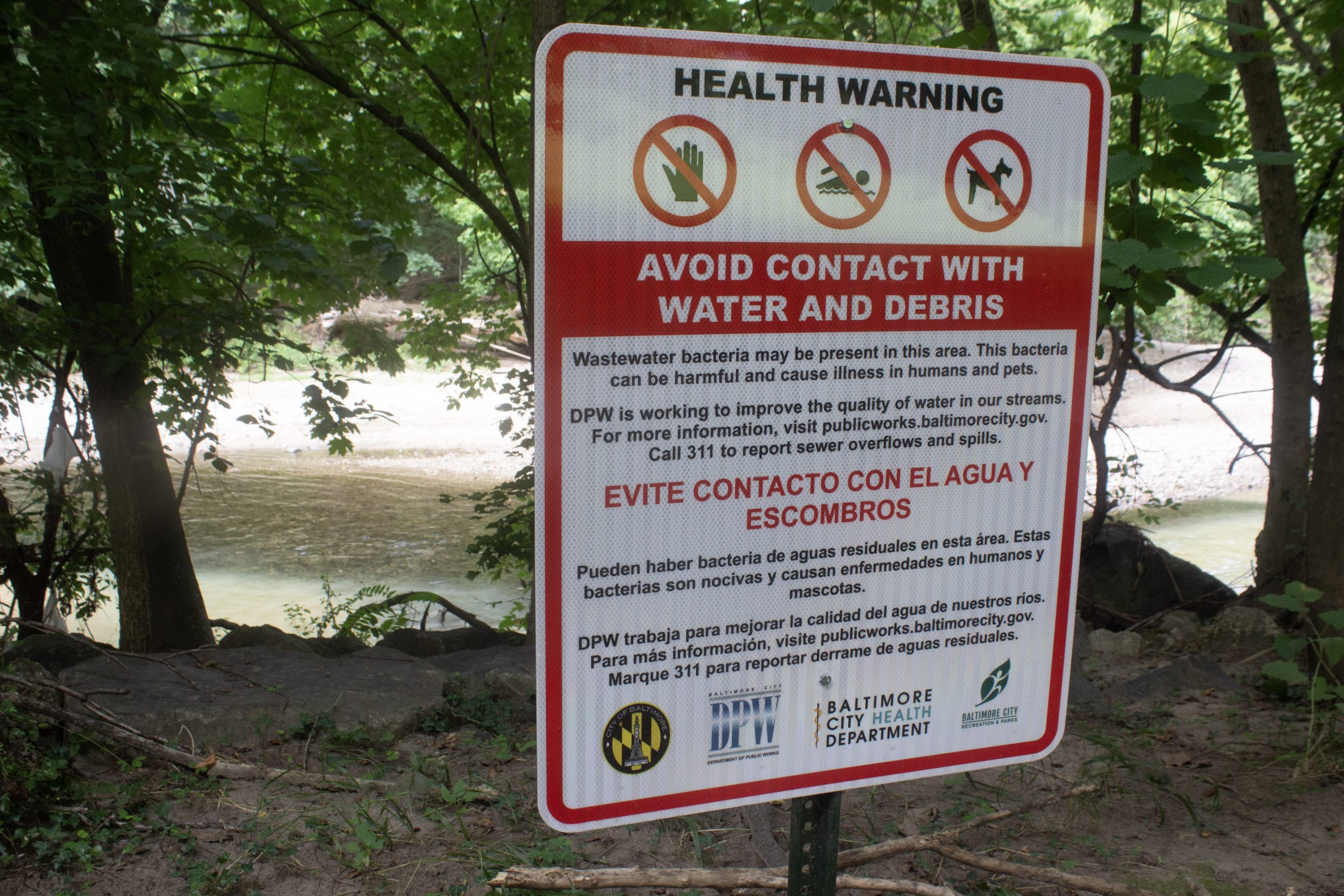
Danger to people
Pollutants, including sewage, make our waterways unfit for human contact after it rains.

Harm to wildlife
Nutrients from lawns and other sources can cause fish kills and damage fragile ecosystems.
Stormwater Runoff
Green stormwater infrastructure
Green stormwater infrastructure is a cost-effective way to combat stormwater runoff and pollution. Green roofs, rain gardens, and pervious pavement are all examples of green stormwater infrastructure.
Green stormwater infrastructure
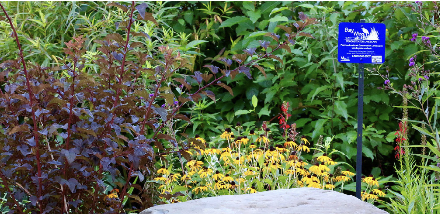
Rain Gardens
Rain gardens can be scaled to fit into a variety of settings and intercept stormwater next to parking lots, buildings, or between a sidewalk and street, to capture stormwater before it enters the sewer.
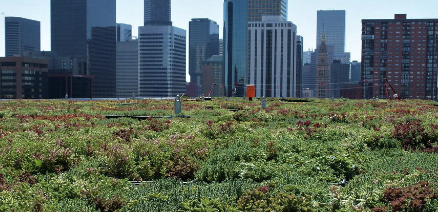
Green Roofs
Green roofs are plant beds that reduce runoff from the tops of buildings. In addition to being a rainwater buffer, they purify the air and can help regulate ambient and indoor temperature, which provides energy cost savings.
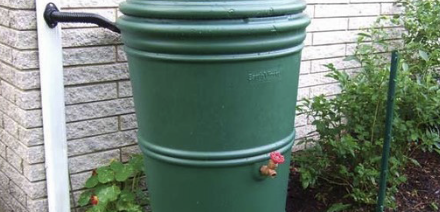
Rain Barrels & Cisterns
Cisterns and rain barrels come in a variety of shapes and sizes and connect to downspouts to collect rainwater for later use, reducing reliance on drinking water.
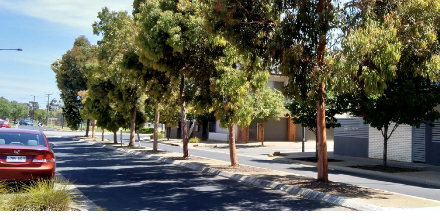
Trees & Tree pits
Trees and expanded tree pits along streets are another effective GSI practice, reducing pavement and allowing soils and vegetation to absorb runoff.
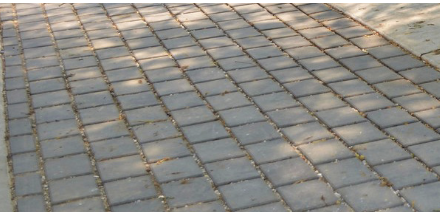
Pervious Pavement
Replacing pavement with pervious or porous paver technology allows water to soak into the ground while still providing a hard surface for pedestrian, bike or auto use.
How to help
How we fight stormwater runoff pollution
From organizing community tree plantings to installing rain gardens, our work directly helps to reduce stormwater pollution. Our programs focus on community-based restoration, advocacy, and education to achieve clean water in Baltimore’s watersheds.
One Water Partnership helps religious groups identify and implement stormwater reduction practices. Our Eco-literacy programs provide ways for all ages to learn how they can help tackle pollution locally.
Our mission is to restore the quality of Baltimore’s rivers, streams, and harbor to foster a healthy environment, a strong economy, and thriving communities.
Here are the best ways to get involved

Stay Informed
Join our mailing list to get updated information on water qualities, on opportunities for making impact, and for special invitations to local events.

Volunteer with us
Meet new people, explore Baltimore, and lend a helping hand as a Blue Water Baltimore volunteer to protect and improve our city!

Become a member
A donation of any size makes you a member of Blue Water Baltimore and part of our fight for clean water and strong communities.

